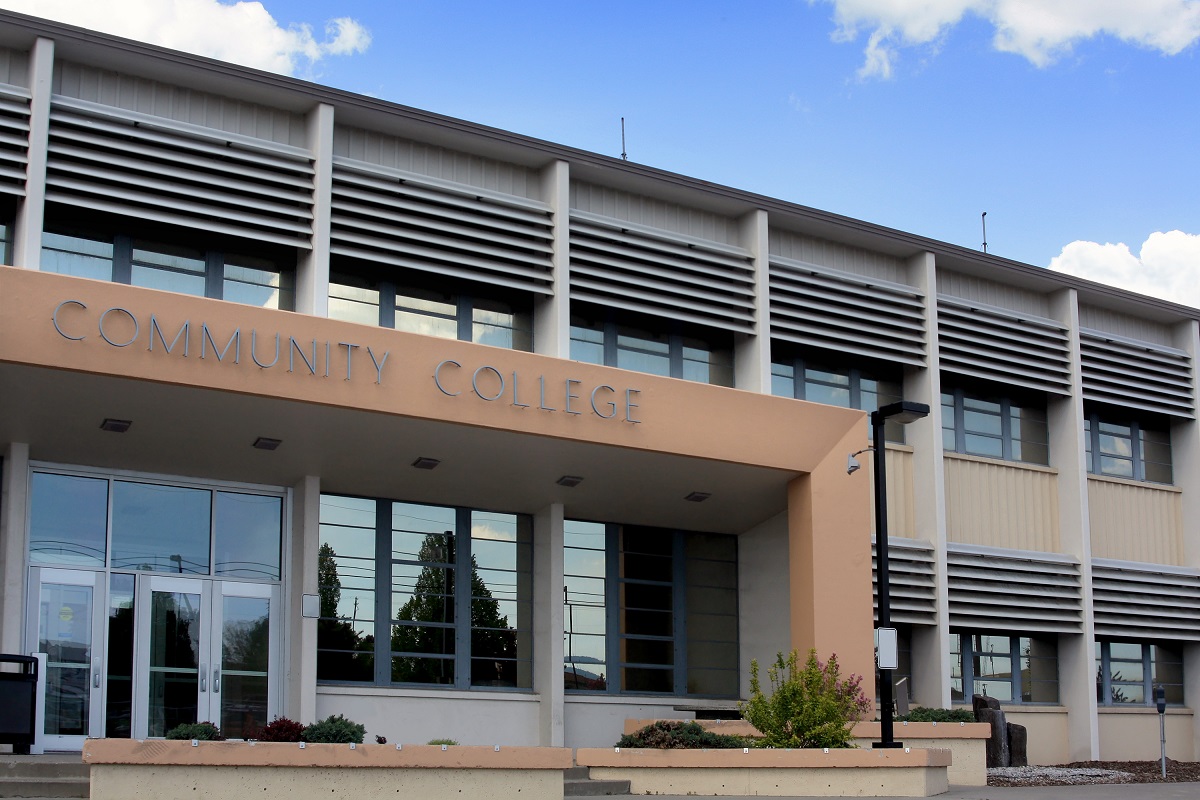A trio of resources recently published by Policy Analysis for California Education (PACE) — a policy brief “Addressing Inequities in College Preparatory Course-Taking,” a report Inequality in Academic Preparation for College and a resource guide Insights and Strategies from Exemplar School Districts — provide local educational agencies with information on A-G offerings in California high schools, discuss barriers to course access and completion, and share strategies for improvement.
The A-G sequence, which consists of 15 courses spanning seven subjects, must be completed by high school students in order to be eligible for admission to University of California (UC) or California State University (CSU) institutions. However, research proves that disparities exist in A-G enrollment and completion rates across schools and student subgroups.
While these courses meet “rigorous standards of college preparatory work,” and are part of an effort to make sure students are prepared to meet the demands of higher education, the full sequence isn’t available to all high schoolers, which presents a roadblock on their pathway to college.
Passed in 2021, Assembly Bill 130 allocated more than $547 million to LEAs to address inequities related to A-G coursework and support schools in increasing the number of students who have successfully completed the sequence upon graduation from high school.
“Given the state’s large investment in improving A-G completion rates, along with efforts to increase college access more broadly, it is critical to examine A-G course-taking patterns and take stock of promising strategies to improve access to and success in such coursework,” the brief reads.
Disparities
Although A-G completion rates were increasing slightly prior to the pandemic, there were significant gaps in completion between racial and ethnic subgroups.
Between 2016 and 2019, Asian American and Filipino students had the highest rates of A-G sequence completion at around 60 and 70 percent, respectively, followed by white students at above 50 percent completion. Overall, roughly 50 percent of California high school graduates completed the A-G sequence with students whose racial and ethnic subgroup was labeled “other” falling just below average. Latino, Pacific Islander and Black students consistently ranked below 40 percent completion in the time period.
The percentage of students who met A-G eligibility also depended on the high school they were enrolled at.
“At four high schools, every graduate completed the full A-G course sequence in 2019, and at 125 schools, more than 90 percent of graduates completed A-G requirements,” the brief states. “Conversely, at 174 schools — the majority of which were charter schools — no graduates completed the full A-G course sequence. Schools at either end of the spectrum — those with very high and those with very low completion rates — were more likely to be charter schools and smaller, on average, than schools with A-G completion rates between 40 and 80 percent.”
Researchers found that more than 90 percent of traditional and public charter high schools offered the full sequence of A-G courses, meaning they are likely available for students to take. The other roughly 10 percent of schools did not have a sufficient offering of approved courses to allow students to complete the sequence.
Eighty-four percent of the schools without sufficient coursework available were charter schools.
When the classes are available, students must pass them with a C or better to be eligible for admission to a UC or CSU, which can be an issue depending on the subject.
“Results reveal that, overall, students were less likely to pass A-G math and science courses compared with other disciplines,” the brief states. “Moreover, students who were socioeconomically disadvantaged (62.8 percent), Black (58.5 percent) or Latinx (62.2 percent) passed math courses at disproportionately lower rates than their counterparts — a pattern that is consistent across all subjects.”
Strategies for improvement
To better A-G enrollment and completion rates, LEA leaders may consider practices including diagnosing gaps in A-G options and enrollment across students and schools; ensuring equitable access to A-G courses; and monitoring A-G access, participation and attainment over time.





